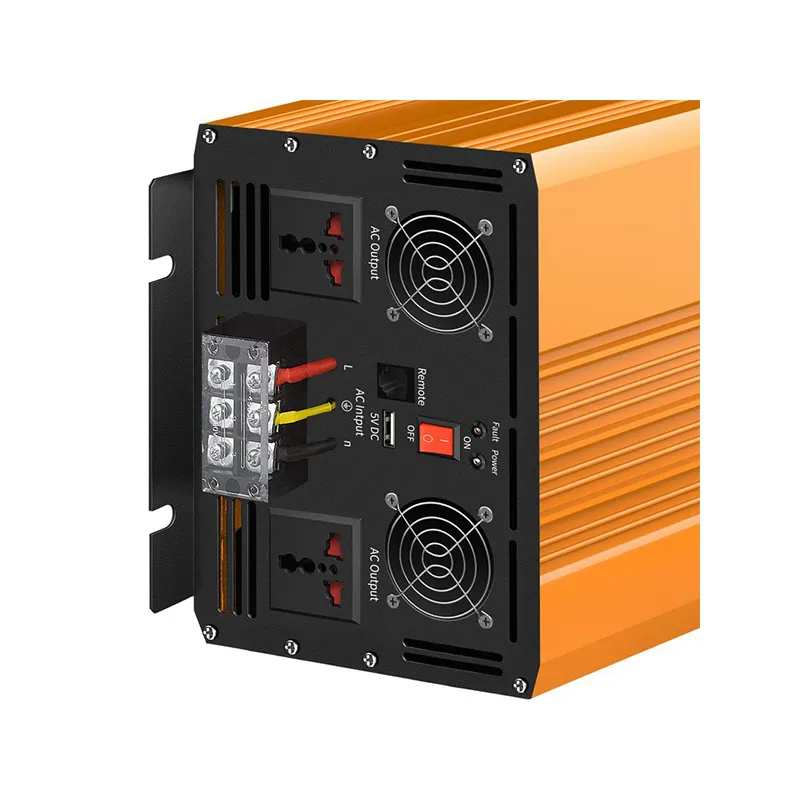bifacial photovoltaic modules
The Rise of Bifacial Photovoltaic Modules
In recent years, the solar energy sector has witnessed significant advancements, with bifacial photovoltaic (PV) modules emerging as a prominent technology
. These innovative modules offer enhanced efficiency and durability, positioning them as a preferred choice for both residential and commercial solar installations.Bifacial photovoltaic modules are designed to capture sunlight from both sides, unlike traditional monofacial panels that only absorb sunlight from the front. This dual-sided capability allows bifacial modules to utilize reflected sunlight, commonly referred to as albedo, from the ground and surrounding surfaces. As a result, they can generate more electricity in a given area compared to their monofacial counterparts. Studies have shown that bifacial modules can produce up to 30% more energy under optimal conditions, making them an attractive option for maximizing energy output.
One of the key benefits of bifacial PV technology is its adaptability to various installation environments. These modules can be mounted on rooftops, ground-mounted systems, or even integrated into building facades. When installed on reflective surfaces, such as white gravel, concrete, or specialized reflective material, bifacial modules can significantly boost their energy yield. This versatility not only enhances the performance of solar power systems but also opens up new possibilities for integrating solar energy in urban and rural landscapes.
Durability is another advantage of bifacial PV modules. Manufacturers typically design these panels with robust materials that withstand environmental stressors such as hail, wind, and extreme temperatures. Additionally, their construction often results in a reduced likelihood of microcracks, which can plague traditional solar panels. With longer lifespans—often exceeding 30 years—bifacial modules provide a more reliable investment for homeowners and businesses alike.
bifacial photovoltaic modules

The economic viability of bifacial modules continues to improve as well. Although these panels may have a higher upfront cost compared to traditional monofacial panels, their greater energy production can lead to significant savings on electricity bills over time. Furthermore, many governments and utility companies offer incentives for adopting renewable energy technologies, which can offset initial expenses and enhance the return on investment.
Environmental considerations also play a crucial role in the appeal of bifacial photovoltaic technology. As the world grapples with climate change and the urgent need to transition to sustainable energy sources, solar power has become a key player in reducing carbon emissions. Bifacial modules contribute to this effort by maximizing energy generation and minimizing the land area required for installation. This efficiency helps to reduce the overall environmental footprint of solar energy systems, making them a more sustainable choice for both developers and energy consumers.
Market trends indicate a growing acceptance of bifacial technology within the solar industry. Leading manufacturers are increasingly investing in research and development to optimize the performance and efficiency of bifacial modules. Additionally, ongoing advancements in solar tracking systems, which enhance the angle of panels to capture maximum sunlight, perfectly complement the capabilities of bifacial technology.
As awareness of the benefits of bifacial photovoltaic modules continues to rise, it is likely that their adoption will expand rapidly in the coming years. As both residential and commercial sectors seek cleaner, more efficient energy solutions, bifacial PV modules stand at the forefront of this solar revolution. With their superior energy output, durability, and economic advantages, these modules could play a critical role in shaping the future of renewable energy.
In conclusion, bifacial photovoltaic modules represent a significant evolution in solar technology. Their ability to harness sunlight from both sides not only improves efficiency but also promotes sustainability in energy generation. As the world shifts towards cleaner energy sources, bifacial modules are set to become an integral part of the solar landscape, contributing to a greener, more sustainable future.
-
String Solar Inverter: The High-Efficiency Solution for Smart Solar EnergyNewsJul.14,2025
-
Revolutionizing Rooftop Energy with the Power of the Micro Solar InverterNewsJul.14,2025
-
Power Independence with Smart Off Grid Solar Inverter SolutionsNewsJul.14,2025
-
On Grid Solar Inverter: Powering the Future with Smart Grid IntegrationNewsJul.14,2025
-
Monocrystalline Solar Panels: High-Efficiency Power for the Future of Clean EnergyNewsJul.14,2025
-
Bifacial Solar Panel: A Smarter Investment for Next-Generation Energy SystemsNewsJul.14,2025







